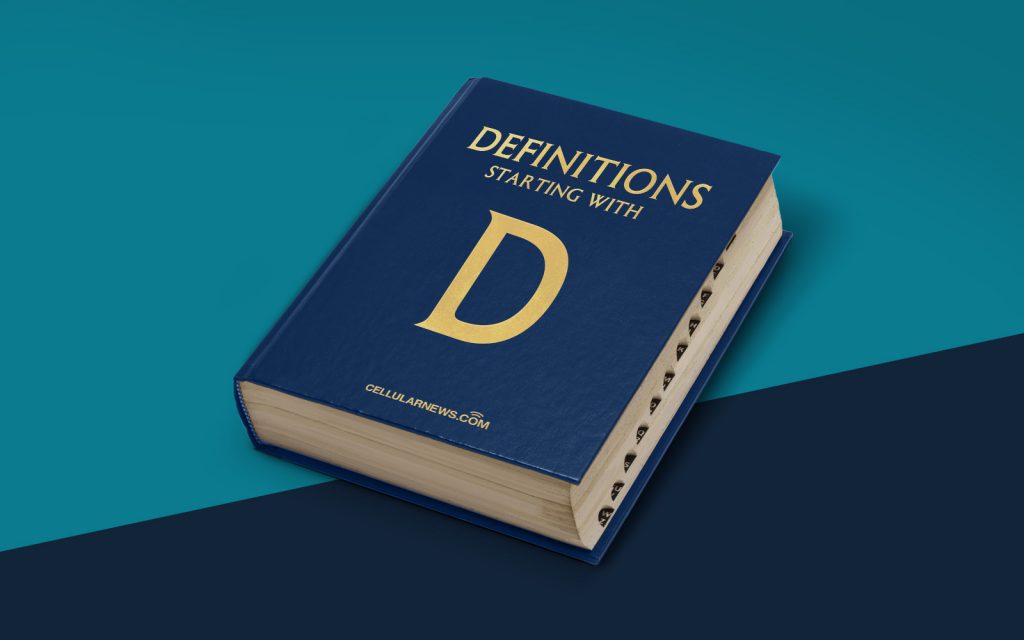
What is Design Reuse?
Welcome to another installment of our “DEFINITIONS” blog category! In this edition, we’ll be diving into the world of design reuse. If you’re curious about what design reuse entails or if you’ve stumbled across this term before and are eager to learn more, you’ve come to the right place. So, let’s explore the ins and outs of design reuse and why it matters in today’s fast-paced digital landscape.
Key Takeaways:
- Design reuse involves utilizing existing design assets, components, or modules to create or enhance new products or systems.
- It offers significant benefits such as reduced development time, cost savings, improved product reliability, and increased innovation opportunities.
Imagine you’re a chef with access to a pantry stocked with a variety of ingredients. Instead of starting from scratch every time you cook a meal, you can reach for those ingredients and create delicious dishes in less time. That’s what design reuse is all about – the ability to leverage pre-existing designs, components, or modules to accelerate product development and improve efficiency.
Whether you’re designing software, hardware, or even an entire system, design reuse empowers you to tap into a library of previously created assets. These assets may include code snippets, electronic components, graphic elements, or functional blocks, among others.
So, why is design reuse important? Here are two key takeaways:
- Time and cost savings: By reusing existing designs, you can significantly cut down on development time. Instead of starting from scratch, you build upon proven and tested components, reducing the need for extensive prototyping and testing. This not only speeds up the overall development process but also helps you bring products to market faster, giving you a competitive edge. Additionally, design reuse can lower costs by minimizing the need for new design creation and reducing the overall expenses associated with development.
- Innovation opportunities: Design reuse encourages innovation by enabling designers to focus on adding value through customization and differentiation. By freeing up time and resources from reinventing the wheel, designers can redirect their efforts towards creating unique features and functionalities. This allows for more imaginative and tailored solutions that meet specific market demands, leading to enhanced product offerings.
Furthermore, design reuse fosters collaboration and knowledge sharing within development teams and across organizations. It enables teams to build upon each other’s expertise, leverage best practices, and capitalize on existing knowledge, accelerating the pace of innovation.
In conclusion, design reuse is a valuable concept that harnesses the power of pre-existing designs, components, or modules. It not only saves time and costs but also paves the way for increased innovation and collaboration. So, next time you embark on a design venture, don’t forget to explore the realm of design reuse and unlock its potential!
